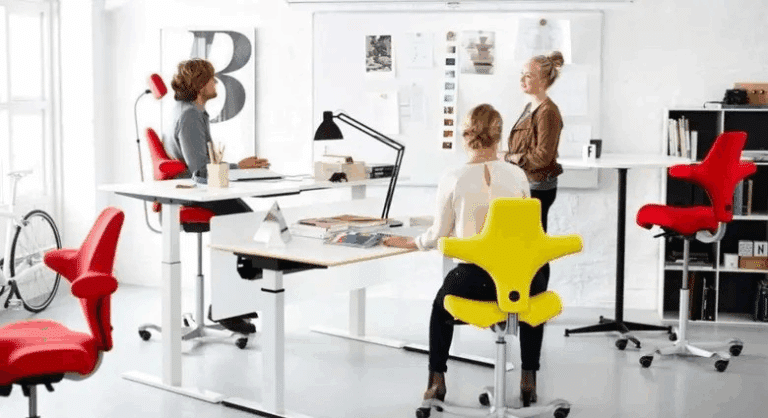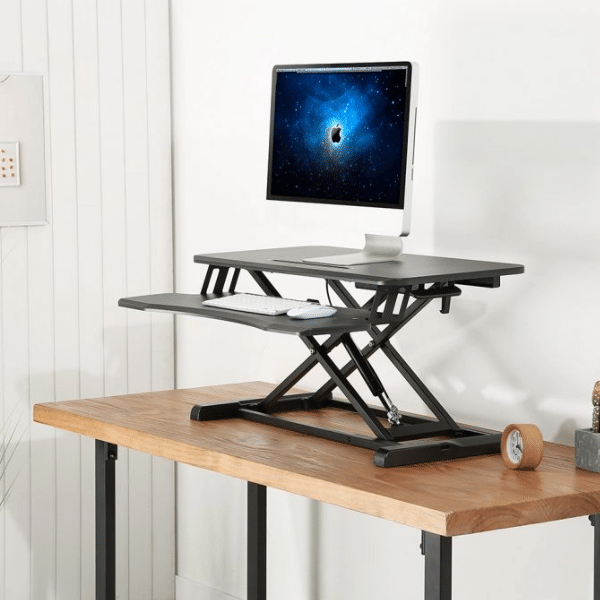Better Workplaces, Measurable Results
Over 30 years in business
Fostering resilience in the modern workplace
We are the UK’s most knowledgeable and respected provider of innovative products and services to improve workplace wellbeing and productivity.
By combining workplace assessments, wellbeing consultancy and training with innovative ergonomic products, we work with teams to foster a healthy, inclusive and productive environment.
From neurodiversity and sleep health to menopause support, accessibility, and ergonomic solutions, we help businesses turn diverse needs into strengths.
A sense of wellbeing
produced 31% higher
productivity in employees
and 59% greater loyalty
Do you face these challenges?
Recruitment/Retention issues
These issues can reduce productivity, increase costs, lower morale, and weaken competitive advantage.
Low morale/motivation
Leading to decreased productivity, higher turnover, poor performance, and diminished culture.
Difficulties with implementing EDI in a remote/hybrid environment
Challenging effective communication, inclusivity, engagement, and equitable access to resources.
Lack of creativity
As a result of insufficient inclusivity, stifling innovation, reducing competitiveness, and limiting growth.
We can help.
Explore Our ServicesEffective Ergonomics and Wellbeing contribute to:
Reduced absenteeism
Improved retention
Increased satisfaction, motivation, productivity
More effective recruitment of top talent
Clear plans for regulatory compliance
Greater profitability over time
Ergonomics Store
Working hand-in-hand with our wellbeing solutions, our range of ergonomics products are designed for comfort, productivity, and wellbeing—better posture, less strain, and smarter working every day.
Browse the StoreBlog
Podcast
Blog
Podcast
Podcast
Blog

Podcasts, Courses, Webinars, Blogs
Leading the conversation
Stay informed with the latest insights, discussions, and expert perspectives on ergonomics, wellbeing, equity, diversity, and inclusion. Our podcasts, webinars, blogs and events explore emerging trends, best practices, and real-world strategies to drive meaningful change.
Trusted by Leading Brands
Get in Touch to Learn More



